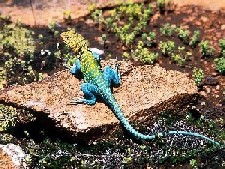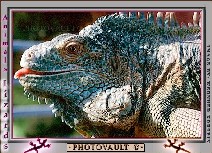


 Lizard and frogs, hmmmm, there are so
many kinds to talk about, some poisoneous and some not. I have some pictures on
this page that might be able to show you different kinds of lizards and frogs
that you may have never seen. I hope that you enjoy what I am about to show you
and tell you.
Lizard and frogs, hmmmm, there are so
many kinds to talk about, some poisoneous and some not. I have some pictures on
this page that might be able to show you different kinds of lizards and frogs
that you may have never seen. I hope that you enjoy what I am about to show you
and tell you.






last modified September 16, 2004
--URL: index.html